Los Angeles-based dance critic and arts journalist Debra Levine will co-host a special tribute to the influential dance maker Jack Cole (1911-1974) on Turner Classic Movies. The four-film tribute will be broadcast on Monday, Sept. 10, starting at 8 p.m. ET (5 p.m. PT). Levine joins TCM’s veteran host Robert Osborne to provide commentary.
From 1941 to 1962, Cole pioneered American jazz dance as an art form in Hollywood films. He contributed dance sequences to 30 movies at Columbia Pictures, Twentieth Century Fox and Metro Goldwyn Mayer, some credited, some not.
Cole left behind a celluloid track record of outstanding dance sequences with highly diverse themes (including some with a noir-tinged, nightclubby vibe), all with a recognizable Cole brand that is uncannily contemporary.
TCM schedule for Sept. 10
“Tonight & Every Night” (1945, Victor Saville) 8 p.m. (5 p.m.)
Rita Hayworth, Lee Bowman, Janet Blair, Marc Platt
“On the Riviera” (1951, Walter Lang) 10 p.m. (7 p.m.)
Danny Kaye, Gene Tierney, Gwen Verdon
“Gentlemen Prefer Blondes” (1952, Howard Hawks) 11:45 p.m. (8:45 p.m.)
Marilyn Monroe, Jane Russell
“Les Girls” (1957, George Cukor) 1:30 a.m. (11:30 p.m.)
Kay Kendall, Taina Elg, Mitzi Gaynor, Gene Kelly
Born John Ewing Richter in New Brunswick, N.J., in 1911, Jack Cole’s extraordinary career as a top American dancer/choreographer began with pioneering modern-dance troupe, Denishawn. His innovative nightclub act, Jack Cole and His Dancers, toured the nation’s night clubs starting around 1933. In the mid 1940s in Los Angeles, Cole began a 20-year run as a brilliant and innovative Hollywood choreographer, crafting ingenious customized dance sequences for stars like Marilyn Monroe, Rita Hayworth, Betty Grable and others.
Cole coached the stars not only in movement but also in song and line delivery. Writing in the Los Angeles Times, Levine called Cole’s “Diamonds are a Girl’s Best Friend” from “Gentlemen Prefer Blondes” (1953): “a delicious confection, a piece of Hollywood perfection.”
Cole died in Los Angeles in 1974; he was 62.

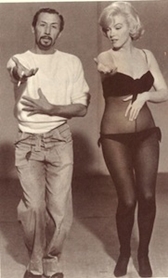





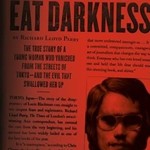





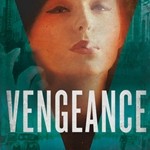
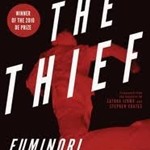
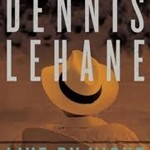



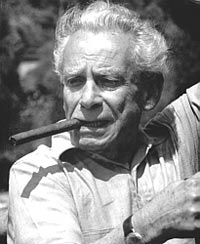

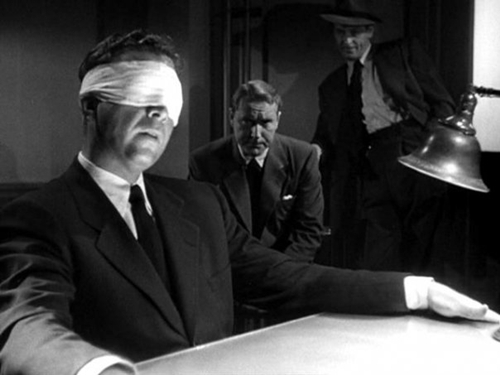
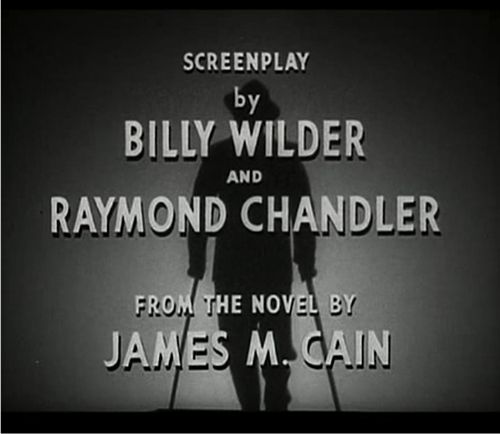
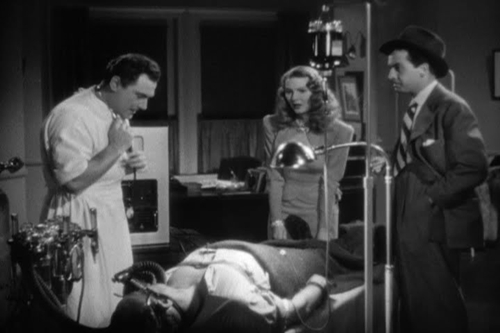

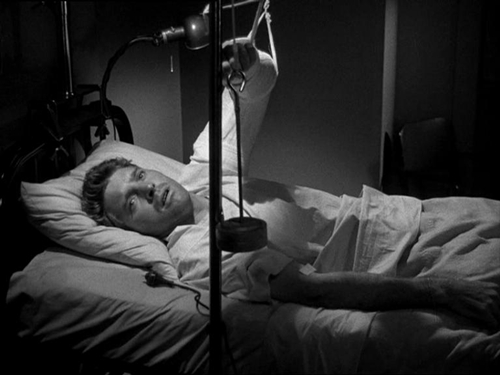

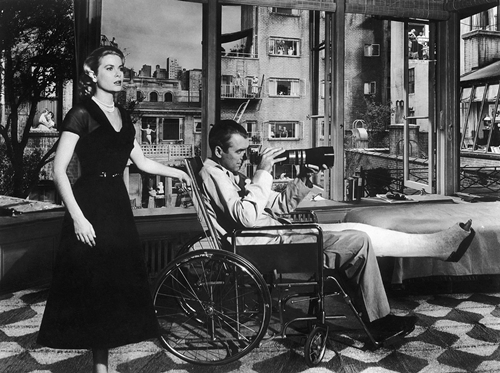
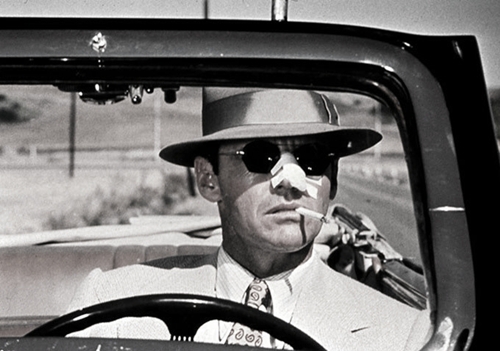

![251[1]](http://www.filmnoirblonde.com/wp-content/uploads/2012/08/2511.jpg)

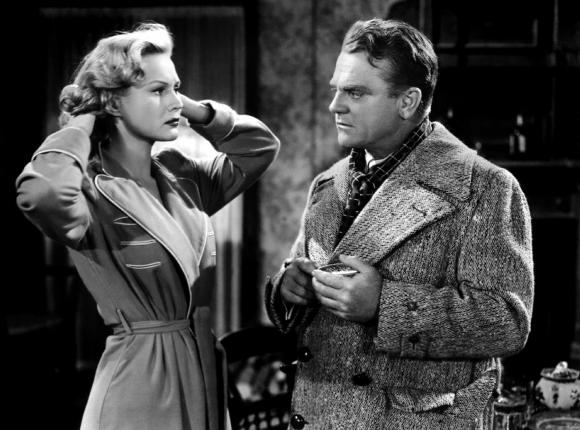
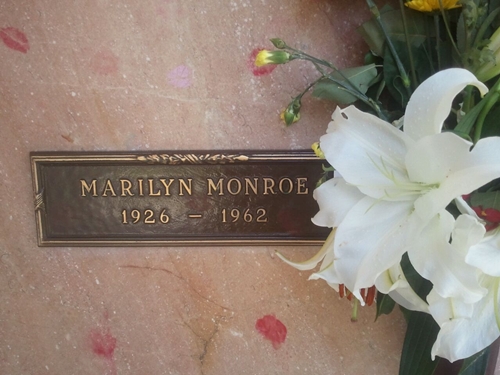

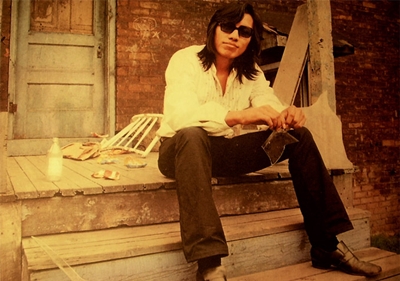
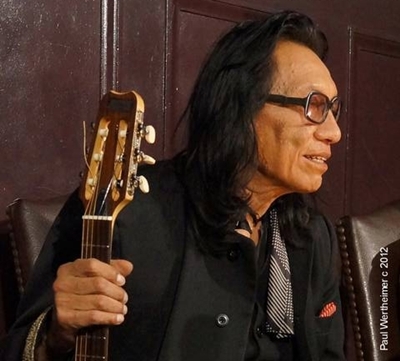


![marianne+faithfull[1]](http://www.filmnoirblonde.com/wp-content/uploads/2012/07/marianne+faithfull1.jpg)
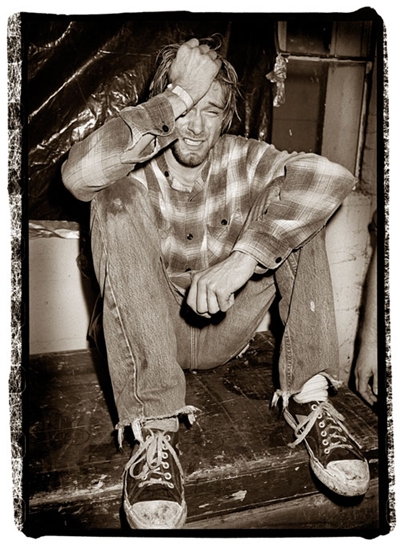
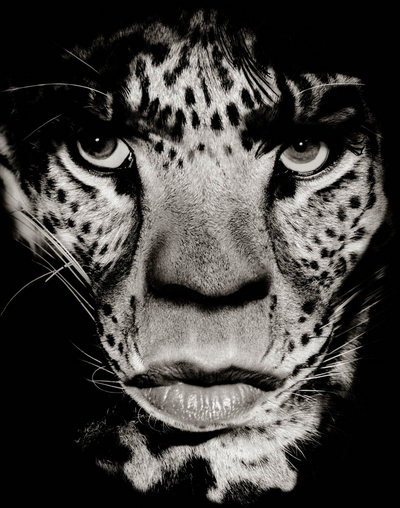





From FNB readers